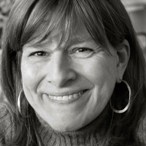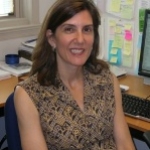
"Wave Arbor" by Doug Hollis at Long Bridge Park in Arlington, VA.
(Author's Note: This post builds upon prior pieces by Dr. Elizabeth Morton and Angela Adams.)
I enrolled in Dr. Morton’s Exploring Evaluation for Public Art studio as a way to complement my experience as a working artist-art educator with a limited sense of the planning and evaluation process for public art. Over the course of the studio I came to see evaluation not as a zero sum game meant to occur after installation, but rather as an ongoing series of assessments conducted by and for major stakeholders, including, but not limited to, the intended audience.
While public art evaluation clearly includes examining the perceptions of the general public, it must also examine the processes and decisions that influence, direct, and ultimately, commission, new works.
One of the most rewarding aspects of this studio was the opportunity for cross-disciplinary dialogue created by the intentional interface of urban planners, designers (in this case, architecture & landscape architecture students), artists, and arts administrators.
Each of these roles fulfills an important and different function in the life cycle of the public art project; yet all too often we work in isolation from one another and/or use language that is particular to one discipline and foreign to another. The studio proved to me that we have a great deal to learn from one another and that increased cross-disciplinary collaboration will continue to yield exciting new contributions to the field of public art evaluation.
For example, as a predominantly 2D artist moving into the more design-based role of the landscape architect, the concept of site analysis took on an expanded meaning. From a conventional fine arts perspective, a site is a location where an artwork is placed, not necessarily a place that an artwork might inhabit over time. Artists would clearly benefit from the designer’s perspective of understanding site as an ongoing process, with multiple actors; yet this is a concept that is rarely discussed in undergraduate or graduate level art programs.
Read More




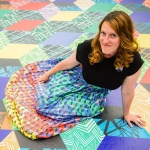










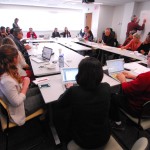





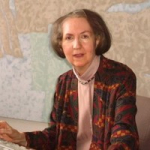


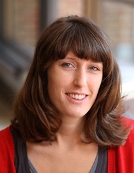


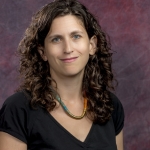
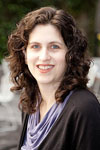 Emily Peck
Emily Peck

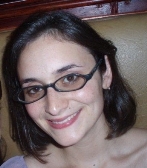

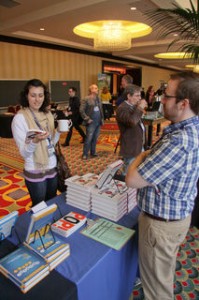
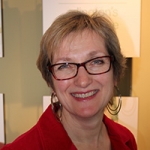
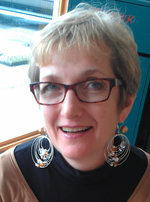 Susan Soroko
Susan Soroko


